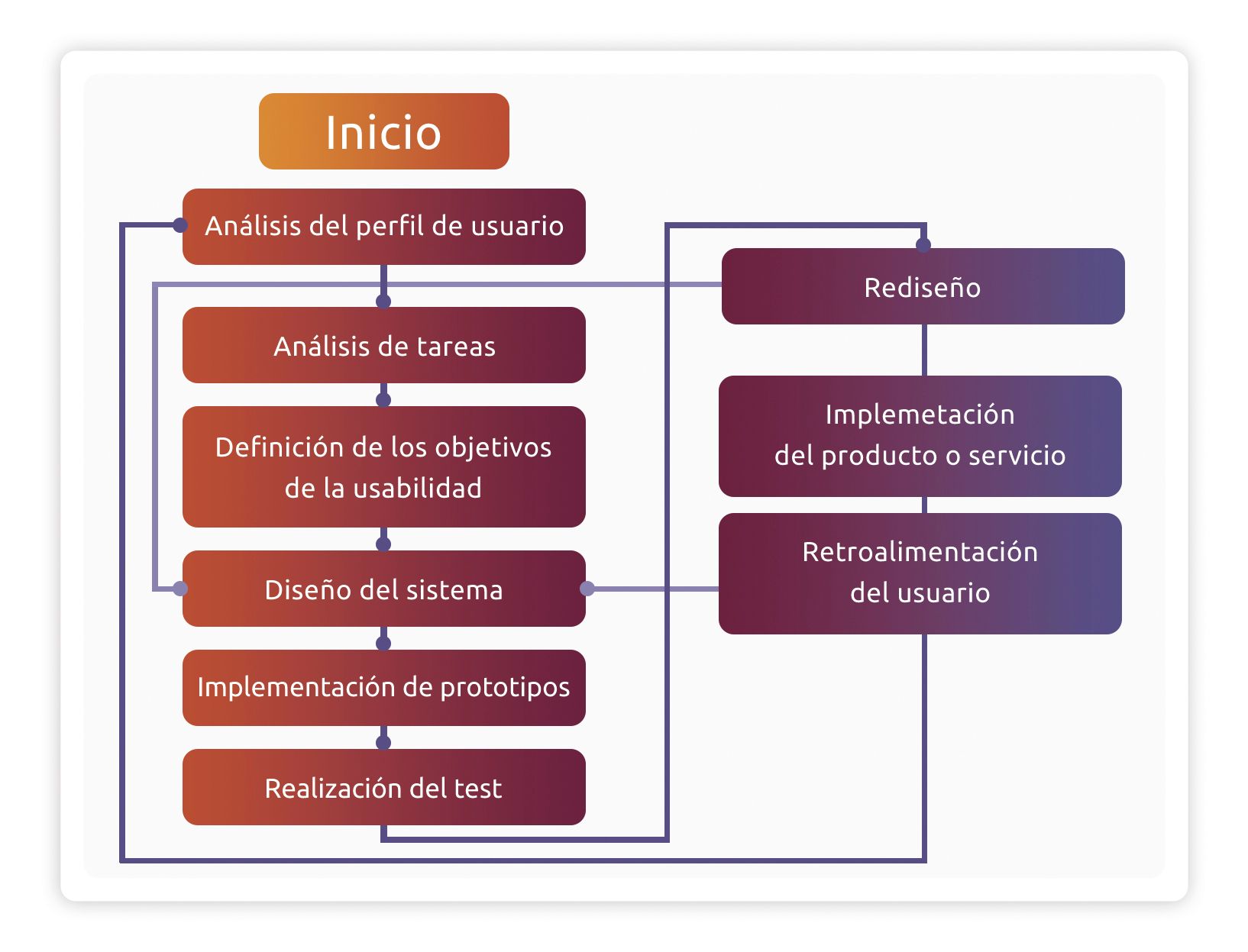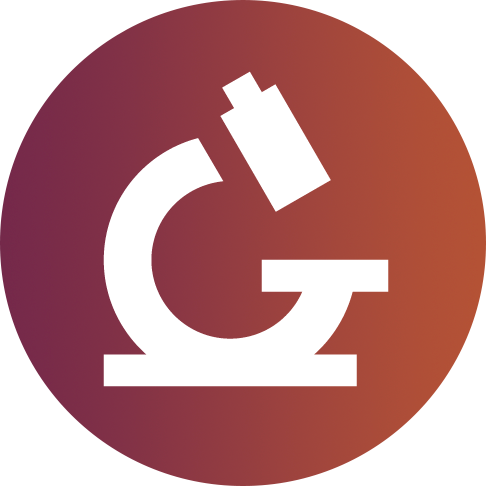Web analytics is an essential tool to understand the performance of a website and make informed decisions to improve it. It helps companies and marketing professionals understand how users interact with online content and adjust strategies and tactics based on the data collected.
Web usability is essential to retain visitors on the site, achieve conversions (such as sales or subscriptions) and maintain a good online reputation. Websites that prioritize usability tend to have a higher level of satisfaction by users and greater success in terms of commercial objectives.
What is web analytics?
Web analytics encompasses the collection, measurement, analysis and informing of related data are the activity of a platform or website. The main purpose of the web analytics is to understand the interaction of users with the site, detect behavioral guidelines, evaluate performance and use this data to make decisions aimed at improving both the user experience and commercial results.
Here are some key concepts in the web analytics:
- Data collection: using tools such as Google Analytics, Adobe Analytics and other similar technologies, data on the website, user behavior, traffic sources, pages visited among others are collected. These data are captured in the form of cookies and are stored for analysis.
- Metrics and Kpis: They serve to evaluate the performance of the site. These metrics can be the number of visitors, pages views, rebound rate, time on the site, conversions and more. KPIS indicators serve to measure success in relation to the established objectives.
- Behavioral analysis: It is responsible for analyzing which pages are most popular, what routes users follow the site, what actions they perform and at what point the usuals that enter our website leave the site.
- Segmentation: The behavior of specific user groups depends on their geographical location, device used, traffic source, among others. This allows a deeper understanding of how different groups are related to the website.
- Optimization and decision making: Web analytical data helps identify areas of site improvement. This may include the optimization of fate pages, the improvement of the user experience, the identification of bottlenecks in the conversion process and more. Decisions are made based on concrete data, which increases the chances of success.
- A/B Testing: A/B tests or multivariable tests can be performed to compare different versions of a web page and determine which works best based on specific metrics. This helps optimize elements such as designs, called action and content.
- Reports and visualization: the data is presented in easy -to -understand reports and control panels. This allows those responsible for making decisions quickly understand site performance and take appropriate measures.
Web analytics is a dynamic tool with which you can measure the impact of your SEO strategies over time. It will allow you to evaluate what strategies they work and what areas you need adjustments. This constant adaptation capacity is essential when the digital environment is constantly changing.
Web analytics tools
Web analytics serves to learn more about customer's behavior and decisions, which translates into discovering new business opportunities and new improvement opportunities.
Here is a list of tools that can help you with the web analytics:
- Google Analytics is an essential tool for owners of websites and digital marketing professionals, since it provides valuable information that helps to make strategic decisions and to improve the effectiveness of a website. In addition, it is widely used due to its accessibility since it offers a free version for most websites.
- Google Search Console is a free Google tool that allows website owners to monitor and improve their presence in Google search results. Provide information on how Google Indexa and shows your website in search results, alerts on technical problems, keyword performance data and much more.
- Google Ads is an online advertising platform from Google . It allows advertisers to create ads shown in the search results of Google and other websites associated with Google. Advertisers pay for click or printing, and Google ADS offers segmentation, monitoring and analysis tools to optimize advertising campaigns.
- Metricool is an integral tool to optimize your presence and strategy in social networks. It is used to monitor and analyze the performance of your profiles on various platforms. You can obtain detailed reports about key metrics, such as user interaction, followers growth, the scope of publications and more. It also facilitates content programming and helps you understand how your audience behaves on social networks.
- Se Ranking is an integral SEO tool that covers from the monitoring of the keyword ranking to the site audit and competition analysis, providing valuable information to improve visibility and online performance.
Each of these tools plays an important role in the field of digital marketing and online management, providing professionals with the necessary capacities to improve online visibility, carry out effective advertising campaigns, analyze performance and manage social networks and web content more efficiently.
What is web usability?
Web usability refers to the ease with which users can interact with a website and achieve their objectives efficiently and satisfactorily. It is about creating a design and user experience that are intuitive, effective and pleasant, so that visitors can find the information they need and perform actions without difficulties or frustration.

Web usability covers several aspects that contribute to a positive experience for the user:
- Navigation ease: The website must have a clear and logical navigation structure, allowing users to easily find the information they are looking for. The menus, categories and labels must be understandable and have coherence.
- Intuitive design : the design elements, such as buttons, links and forms, must be located predictably and be recognizable for users to know how to interact with them without having to guess or study to achieve it.
- Legibility and structure: The textual content must be readable with adequate sources and sufficient contrast. The paragraphs must be reasonable and the content must be well structured with titles and subtitles.
- Quick load time: slow load times can be frustrating for users. A website that is quickly loaded improves the user experience and reduces the possibility that visitors leave the site before they completely load.
- Adaptability to devices: Usability also implies that the website works and is seen correctly in a variety of devices and screen sizes: desktop computers, laptops, tablets and mobile phones.
- Feedback and Confirmations: Users should receive visual or auditory feedback when performing actions, such as sending a form or clicking on a button. This helps them confirm that their action has been completed successfully.
- ERROR MINIMization: Designers must anticipate possible user errors and provide clear instructions and useful error messages to help users solve problems without feeling frustrated.
- User -oriented design: The website design should be based on the needs, behaviors and expectations of the target audience. Research and tests with users can help identify areas of improvement and optimize user experience.
Usability Evaluation Methods
Web usability is crucial to offer a good experience to the user. Some common methods of web usability evaluation include:
- User tests: Observe users while interacting with the website provides valuable information. They can be moderate tests, where a facilitator guides the user, or not moderate, where users interact independently.
- Heuristic analysis: Usability experts review the interface in search of problems using predefined heuristic principles. This can identify common problems without the need for real users.
- Heat maps and session records: tools that track the clicks, displacements and mouse movements. Heat maps provide a rapid visualization of more and less visualized areas, while session records show how users sail.
- Surveys and questionnaires: Collecting direct comments of users through online surveys or questionnaires can reveal perceptions about user usability and satisfaction.
- Analytical metrics: user data analysis, such as the bouncing rate, time on the page and conversion funnels, provides quantitative information about the website's performance.
- Web accessibility: Evaluate accessibility guarantees that the site is usable by people with disabilities. This can be done through manual audits and automated tools.
Smaller technology companies often opt for more affordable methods, such as informal user tests and heuristic analysis, before advancing more sophisticated approaches as they grow.
How do analytics and web usability relate?
Web analytics and web usability are closely related, and working together can significantly improve the effectiveness of a site. Here are how they complement:
Measurement of usability metrics:
- Web analytics provides quantitative metrics, such as the rebound rate, time on the page and conversion rate.
- These metrics may indicate usability problems. For example, a high rebound rate could suggest that visitors do not find what they are easily looking for.
Hypothesis validation:
- Web analytics can generate hypotheses about user behavior.
- Web usability allows to validate these hypotheses through user tests and heuristic evaluations.
Identification of critical points:
- Web analytics highlights areas where users tend to leave the site.
- Web usability helps to understand why users can be abandoning those areas, either due to design, navigation or content problems.
Continuous optimization:
- Web analytics is essential to evaluate the impact of changes on the site.
- Web usability provides information on how these changes affect user experience.
User behavior understanding:
- Web analytics shows behavior patterns at an aggregate level.
- Web usability deepens, providing qualitative information about how and why users interact in a certain way.
Focus on user experience:
- Both disciplines share the ultimate goal of improving user experience.
- Web analytics helps identify improvement areas, while web usability offers user -centered solutions.
In summary, web analytics provides valuable quantitative data, while web usability provides perspectives on the callity of user experience. Together, they help build more effective websites and focused on the needs of those who use them.
Tips to improve analytics and usability:
- Simplicity: A web page is created to be used, not to be contemplated. We must avoid adding unnecessary elements and complex structures, if users do not understand or cannot use it, its existence is useless. The purpose is for users to do what they plan to do as quickly and easier.
- Accessibility: You have to take into account all devices (smartphones, tablets and computers) from which you can access the Internet. Very special, smartphones, which allow a connection from any point and at any time.
- Clean and attractive design: The cravings enter the eyes. The first impression is key, and the details make the difference in an environment where the user can find thousands of similar products.
- Visual hierarchy: The visual hierarchy helps the user to select and identify the contents that interest him in an agile and fluid way.
- Care menus: Navigation menus must be described and tag briefly, clearly and simplely. The different contents of the website will be the entrance door.
- Break but traditional: invent the wheel, when invented it can be counterproductive. The user naturally expects that the logo is on the left, the search engine at the top of the header, the links stand out from the normal text in some way ... we seek to surprise the user, not to confuse it.
Conclusion
Success is achieved by understanding the user, anticipating their actions and designing an experience that connects it emotionally with the brand, making it a visitor to customer.
References
- HJB Ferreras. Application of usability to the web pages development process [Master thesis]. Madrid: Polytechnic University of Madrid; 2008.

